Very few photographers have the gift of finding beauty within conflict. Photographer Dominic Bracco II believes that it’s important to humanize the individuals involved in violent confrontations. One of his photographs in particular illustrates this principle—a striking image of a murdered man and pregnant woman embracing in a dark vehicle in Ciudad Juarez, Mexico. The image won him a second place prize in the 2011 POYi competition, bringing him international recognition.
Category: Portfolios & Galleries
-
Tracing the Dark Roots of Border Smuggling | PROOF
-
Contemporary Iranian Photography : Babak Kazemi – The Eye of Photography
once something is posted or uploaded onto Facebook it becomes Facebook’s property. So if the original photographer uploaded the photo first onto Facebook and then others have taken it from there and uploaded it to their pages or profiles, this is legal and within policy, there’s nothing I can do about it unfortunately even if they are taking credit for the photos
-
Valerio Bispuri: Life Behind Bars in South America « The Leica Camera
A world of anarchy and chaos – correctional facilities in South America are considered among the toughest in the world. The inmates themselves are often in control of daily life within the walls of the miserably overcrowded prisons. Valerio Bispuri visited over 70 of them, resulting in haunting black-and-white images that offer a glimpse at life behind bars – images as full of contrasts as life itself.
You can see a comprehensive series of Valerio Bispuri’s images in issue No. 2 of the M Magazine, which is available today, Friday, May 15.
-
Book : Last Best Hiding Place by Tim Richmond – The Eye of Photography
Deserted streets with beer cans blowing down the road…a cowboy washing his shirts…a train on its way into a million acres of emptiness…a Vietnam vet who lost twenty years of recent memory…a whole town for sale…meth warnings…a tattooed waitress in neon light. All of these inhabit the Last Best Hiding Place.
-
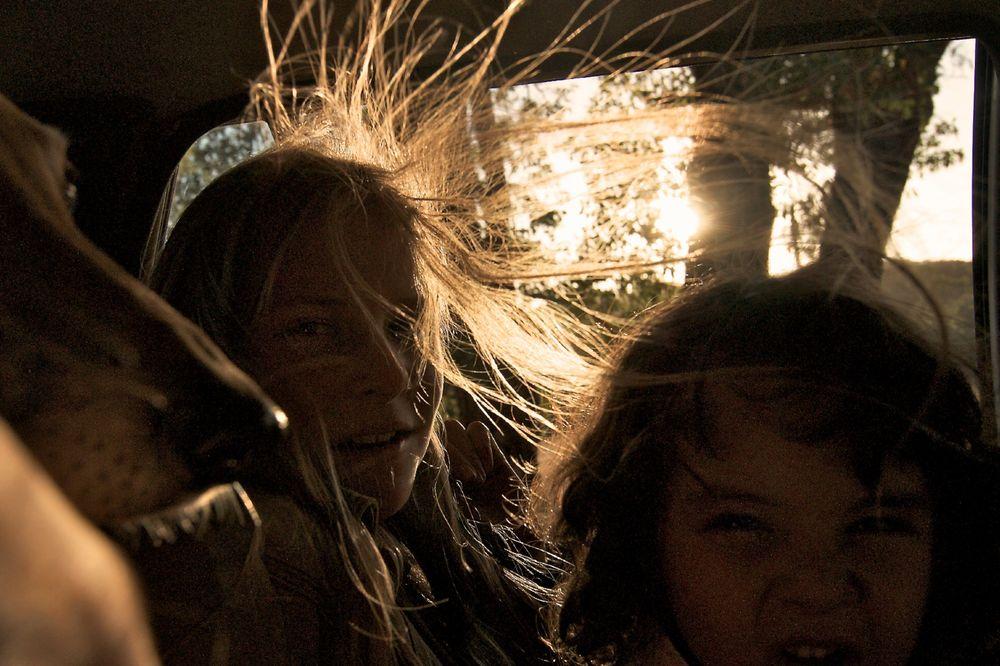
Sam Harris – The Middle of Somewhere | LensCulture
The Middle of Somewhere – Photographs and text by Sam Harris | LensCulture
A celebration of childhood and family life through a collection of simple yet beautiful moments of two sisters growing up in the remote Australian wilderness
via LensCulture: https://www.lensculture.com/articles/sam-harris-the-middle-of-somewhere
“The Middle of Somewhere” is from my ongoing visual family diary, which revolves around my two daughters growing up. After leaving behind my photographic career (and life) in London in 2002, we passed several nomadic years before settling down in a remote part of Australia where this series began.
-
Shanghai : Marc Riboud’s « Windows of Liulichang » 1965-2015 – The Eye of Photography
to complete this tribute to Marc Riboud, we have discovered a never-published before image that delivers the context and the perspective of this Liulichang Street. The photo shows dilapidated storefronts lining up on one side, in the middle of the road a “chauffeur” riding a tricycle-taxi, has he just picked up the son of a rich family from school? From inside the funny looking wooden cage, the kid is peering out at Marc. Outside one of the shops on the left, a rice paper advertising says “Zongzi”, that glutinous stuffed rice wrapped in bamboo leaves traditionally eaten during the Dragon Boat festival (Duan Wu), which gives us the date of this picture, which on Marc Riboud’s contact sheet, is four frames before the famous “Windows”. That is to say this picture was taken in May 1965, exactly fifty years to this day.
-
New York: Where We Live by David Graham at Laurence Miller Gallery – The Eye of Photography
It is time to take greater note of David Graham’s 30 year career as a photographer with his well considered, often wry reports from “on the road” in the U.S. and his classic books: “American Beauty”, “Only in America: Some Unexpected Scenery”, ”Land of the Free: What Makes Americans Different”, “Taking Liberties” and “Declaring Independence”. This exhibition prominently features almost a dozen images from “Alone Together: Life on an Island in Maine”, his very moving, Chekovian portrait of an aging couple, the Kellams, told only with their surroundings: their cottage, the woods, their hand written notes to each other.
-
Tanzania Burundi Refugee Crisis | AP Images Blog
As a teenager Joseph Nakaha fled with his parents to neighboring Tanzania when ethnic-based fighting erupted in Burundi after independence in 1962. In 1972, he was a refugee again and then in 1993 when civil war broke out, he and his wife and grandchildren again fled the country.
Now 67, Nakaha is a refugee once again.
-
The Eyes #4 : Do it yourself, Spanish culture in times of crisis – The Eye of Photography
Faced with a social and economic unprecedented crisis , a cultural and institutional environment that offers too little money , the young Spanish photographers have decided to take the bull by the horns and say loud and clear : “Do it yourself ! “ Creating networks, publishing houses , and photography schools … This generation needs to express ideas, projects and deal with a social and cultural policy totally disengaged .With a strong will of gathering and showing an artistic resistance is born.
-

On Pointing a Handgun Directly at Ted Cruz’s Head — BagNews
On Pointing a Handgun Directly at Ted Cruz’s Head – Reading The Pictures
These photographs make a point by turning the gun lobby’s central argument back onto itself. If “more guns” is your only response to rampant gun violence, then at some point a law of averages dictates that innocent people are going to end up in the line of fire.
via Reading The Pictures: https://www.readingthepictures.org/2015/06/on-pointing-a-glock-handgun-directly-at-ted-cruzs-head/
Brietbart News is up in arms about a run of AP photographs showing the barrel of a handgun pointed directly at Ted Cruz’s head
-
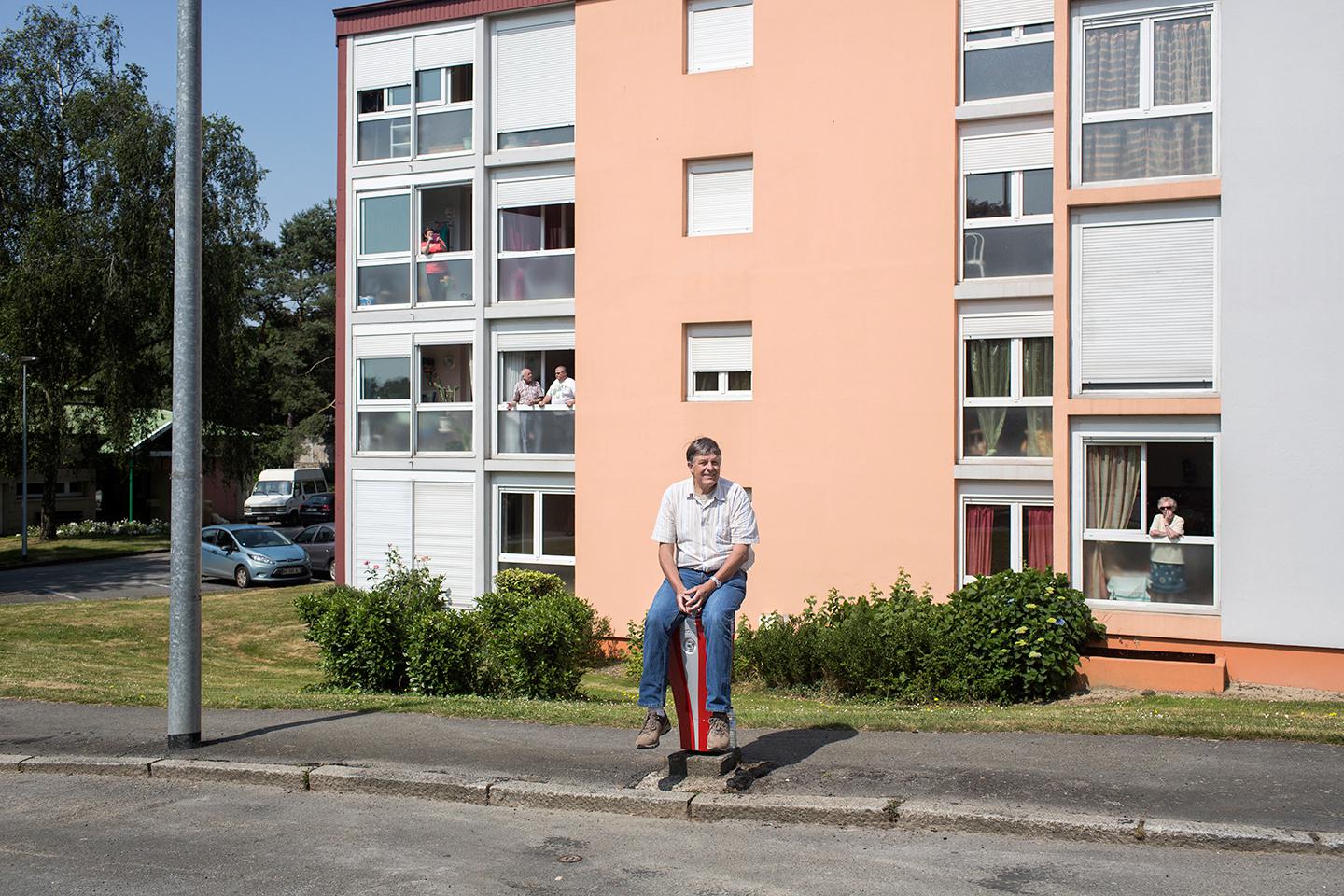
Laurent Cipriani’s “Along the Road!”: A unique look at the Tour de France (PHOTOS).
The Most Exciting Part of the Tour de France Is the People Who Watch It
If photographing the Tour de France doesn’t sound difficult enough, imagine doing it while riding on the back of a motorbike travelling up to 60 miles…
via Slate Magazine: https://slate.com/culture/2015/07/laurent-ciprianis-along-the-road-a-unique-look-at-the-tour-de-france-photos.html
If photographing the Tour de France doesn’t sound difficult enough, imagine doing it while riding on the back of a motorbike travelling up to 60 miles per hour. Laurent Cipriani has been doing that for the Associated Press since 2011, part of a team of photographers, editors, and drivers—what he refers to as “a travelling theater.”
-
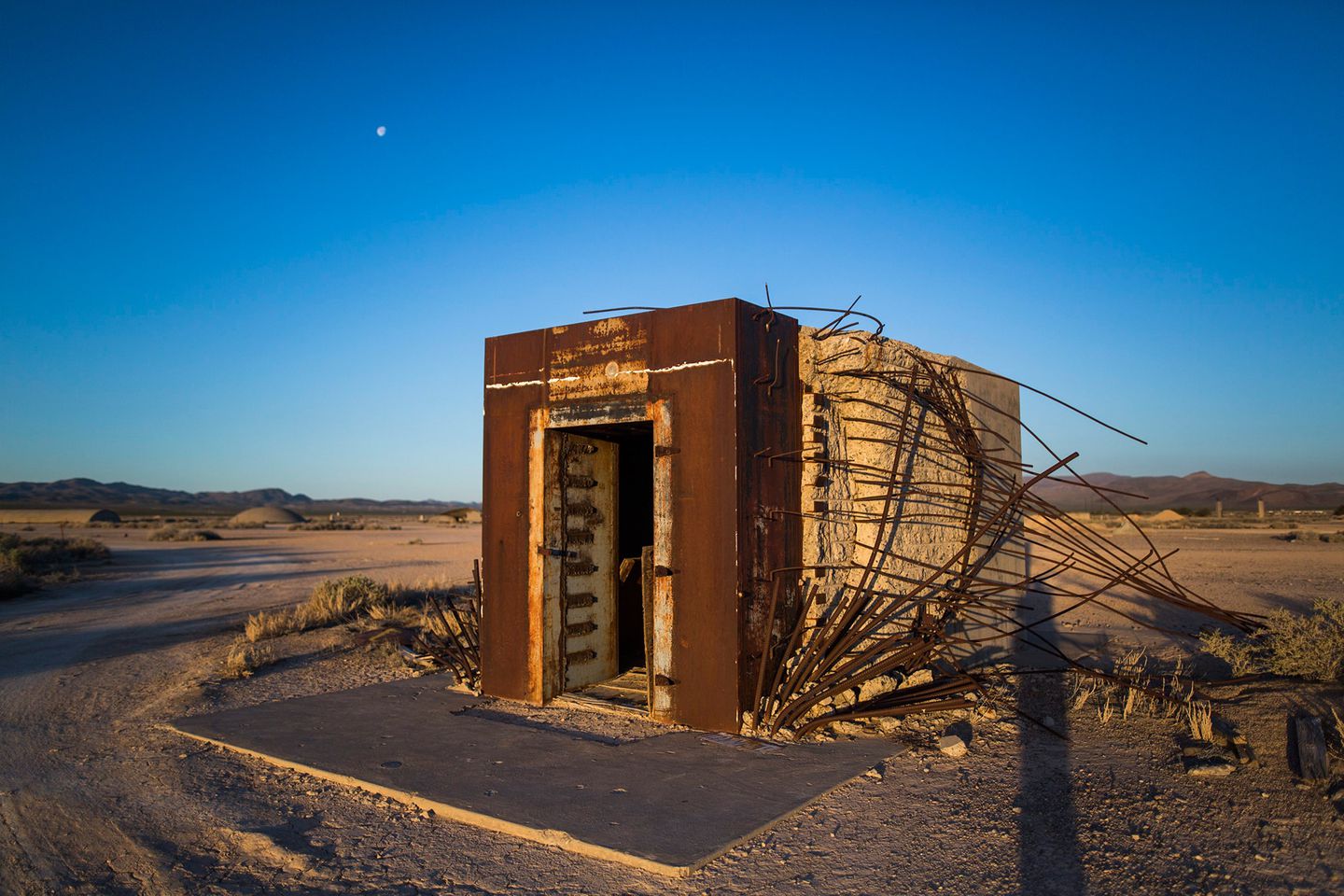
The remains of Armageddon: Revisiting the sites of America’s atomic arsenal – The Washington Post
The remains of Armageddon: Revisiting the sites of America’s atomic arsenal
Exploring the remains of the Cold War and nuclear arms race that are hidden in plain site across American landscape.
via Washington Post: https://www.washingtonpost.com/news/in-sight/wp/2015/06/18/the-remains-of-armageddon-revisiting-the-sites-of-americas-atomic-arsenal/
Veteran photojournalist Jim Lo Scalzo of European Press Agency has been documenting many of these site–hidden in plain site–for the past year in a project titled “Next Exit: Armageddon”.
-
The People by Laura El-Tantawy – The Eye of Photography
Laura El-Tantawy recently released a newspaper version of her book, In the Shadow of the Pyramids. This new format offers a different experience from the book, taking away the personal narrative in favor of the words of the people. And this, in Arabic, because it’s the language of the revolution, as well as the photographer’s first language.
-
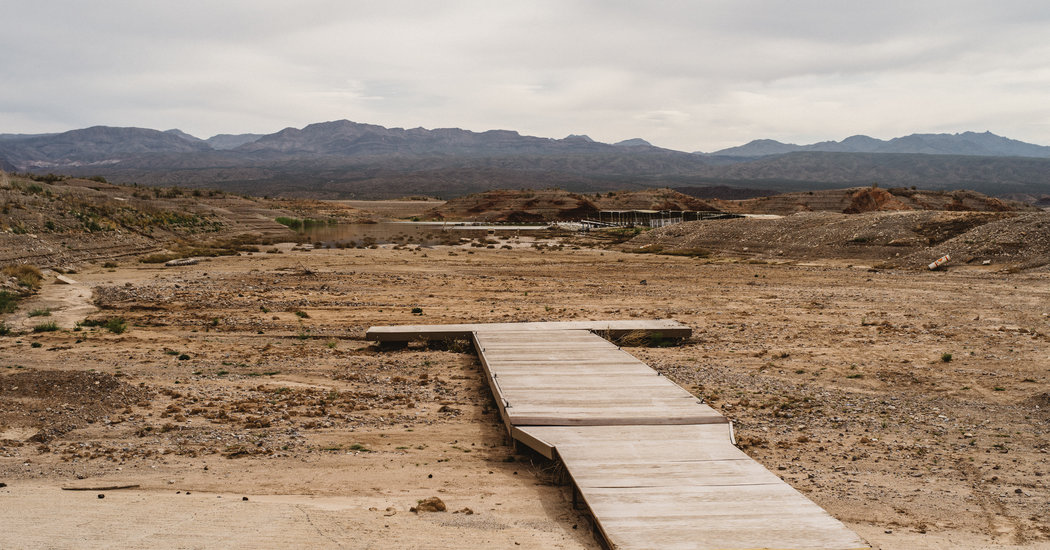
Of Drought and Man in the West – The New York Times
Of Drought and Man in the West
Documenting the water crisis in the West, a photographer confronts distress, beauty and man’s complicity.
via Lens Blog: https://archive.nytimes.com/lens.blogs.nytimes.com/2015/07/07/of-drought-and-men-in-the-west/
Four photographers – Christaan Felber, Bryan Schutmaat,Jake Stangel and Michael Friberg – were enlisted by photo editors Luise Stauss and Ayanna Quint to document man’s mistakes and their consequences. Mr. Friberg, who has lived in the West for the last decade, thought he knew the issues facing the Colorado River. He soon discovered he was wrong.
-
Aoife Shanahan – Within the Shadows | LensCulture
“Within the Shadows” is a response to being submerged in a new culture. While it is sometimes hard to ignore the alienation and disconnect often experienced in an urban setting, I try to create an alternate psychological space to occupy. The lone figure becomes an intriguing character within this space and I’m challenged to call upon my imagination, fears and fantasies to create a narrative.
-
Inside El Salvador’s ‘War Without Sense’ | TIME
El Salvador’s ‘War Without Sense’
Warring gangs have turned El Salvador into one of the world’s deadliest places
via Time: https://time.com/3966900/el-salvador-gangs-violence/
Italian photographer Patrick Tombola, who took the photographs on these pages, has been documenting this year’s surge in bloodshed, spending time with the police, gang members and families on the front line
-
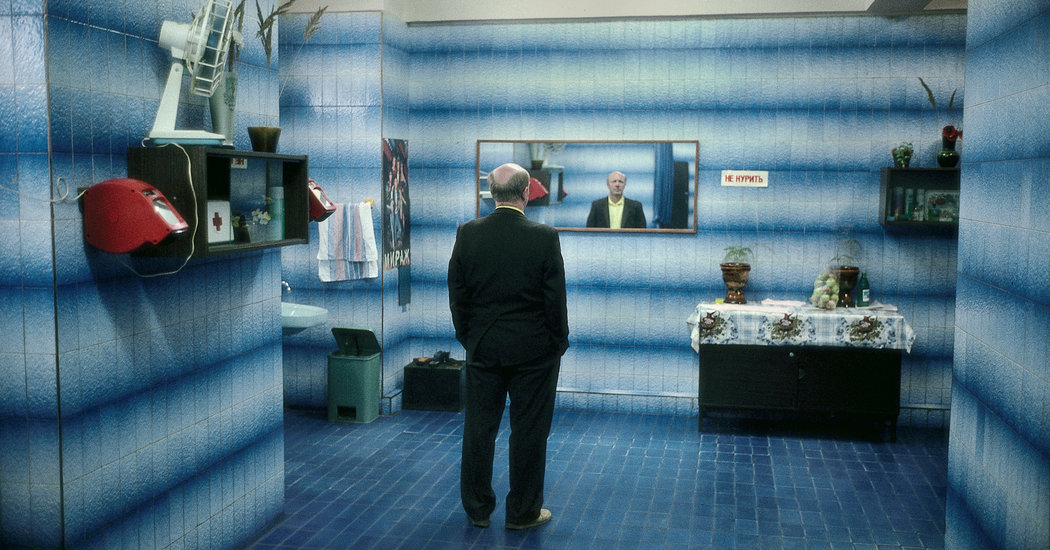
Born to Make Photos – The New York Times
Born to Make Photos
Harry Gruyaert’s father made film. He makes pictures. His credo: “I just physically jump into a situation and react to it, and see how things are working out.”
via Lens Blog: https://archive.nytimes.com/lens.blogs.nytimes.com/2015/08/11/born-to-make-photos/
Harry Gruyaert, the Belgian photographer and member of Magnum, has been taking pictures for a long time. Long enough to have been friends — and colleagues — with Henri Cartier-Bresson, with whom he shared a philosophy of photography.

